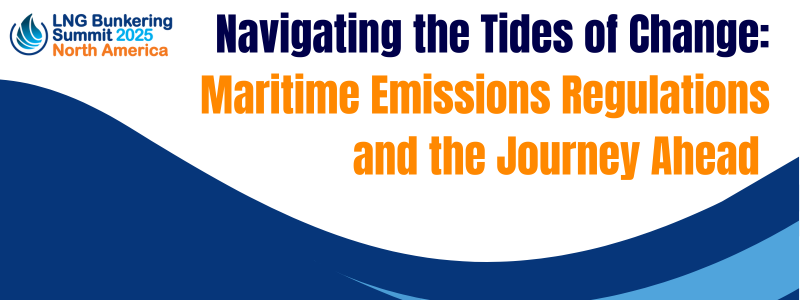Navigating the Tides of Change: Maritime Emissions Regulations and the Journey Ahead

The maritime industry finds itself at a critical juncture, grappling with the far-reaching implications of new environmental regulations like FuelEU Maritime and the EU Emissions Trading System (ETS). These policies are poised to reshape operations, investments, and collaborations across the entire maritime value chain. Recent discussions among experts at the Global Maritime Decarbonisation Summit, 2025, highlight the significant shifts underway and the challenges being faced. One key takeaway is the acknowledgement that all stakeholders have a pivotal role to play, particularly regarding investments in technologies and the deployment of new programmes aimed at lowering emissions.
The State of Play: Are We Ready?
Implementing these EU regulations presents deep and significant challenges. Explaining the requirements, ensuring compliance, and navigating the practical application of these new rules are major tasks.
Despite regulations like FuelEU Maritime having been in development for around two years, most people in the industry are reportedly not fully prepared. Preparedness varies geographically, with Northern European regions like NW Europe being more active and ready early on. In contrast, areas like Southern Europe and Turkey still have many participants who are not yet set up, registered, or familiar with the requirements. Experts stress the critical importance of being on time and being prepared, noting that preparation takes a long time. Even if the current situation isn't perfect, it shouldn't be an excuse for inaction; getting ahead and understanding who to engage with is crucial for a flying start.
For EU ETS, which is one year ahead of FuelEU Maritime in terms of major implementation milestones, the initial obligations for shipping companies are well underway. Approximately 18,000 ships have registered, and a good number of monitoring plans – around 10,000 approved and 4,000 in various stages – have been submitted and are being processed. This initial phase seems to have been handled relatively well. However, this year involves active monitoring, and next year brings reporting, which is expected to be more demanding.
Unpacking the Challenges:
Speakers identified several key challenges beyond preparedness:
- Complexity of Regulation: The regulations are complex, and there are still uncertainties regarding processes for stakeholders, which can cause delays. There's a recognised need for significant support to scale up efforts.
- Technology and Fuels: While progress is being made towards using fuels like LNG and exploring other options, the transition is complex. Experts believe the future is undoubtedly multifuel, with many opportunities being assessed for viability and usage on ships.
- Investment and Financing: Specific initiatives are needed, such as SIIP (funding and financing for the supply of alternative fuels). Streamlined and fast-tracked processes for investments are essential.
- Policy Implementation: Implementing new policies in the transport sector, particularly regarding lower emission fuels, is proving more difficult than initially anticipated. It's crucial to create a single market across Europe without creating gaps that could harm the industry.
- Alignment and Enforcement: Aligning various issues and processes within the EU regulatory framework is a big challenge, especially as regulations are constantly evolving. There's a clear commitment to aligning FuelEU and ETS, and enforcement mechanisms are being taken very seriously.
- Interplay with Global Regulations: A significant question is the interaction between EU ETS and potential global carbon pricing mechanisms developed by the IMO. It is considered unlikely that companies will pay double for the same emissions. Experts suggest a crediting system is the more probable outcome, allowing deductions from EU ETS for prices paid elsewhere. However, the potential for the IMO framework to significantly impact or even potentially supersede the EU ETS for international voyages is also noted.
The Path Forward: Action and Collaboration
Despite the hurdles, the overarching message is clear: regulations are not going away, and waiting until the last minute is ill-advised. It is only going to become more expensive and difficult over time, so the call is to act now. Keeping communication channels open is vital so that no one is caught off guard. The direction is explicit and driven by policy, and companies are urged to start leveraging their competitive advantage now, focusing on carbon intensity standards and fostering collaboration among stakeholders.
A stark reminder came from a poll asking about readiness for FuelEU and ETS regulations: Only 10% of those present in the room felt fully prepared. This underscores the urgent need for the industry to accelerate its preparation efforts.
Conclusion
In conclusion, while the initial steps of registration and monitoring under EU ETS are progressing reasonably well, significant challenges remain in terms of industry-wide preparedness, regulatory complexity, financing the transition, and technological adoption. The future points towards a multifuel landscape and continued regulatory evolution. The big message is to keep talking, maintain momentum, understand the clear direction, and act now.



